Back in April I introduced you to my bare front yard and the beginning of my urban farm.
Quite a bit of time has passed since then and there’s been a lot going on, so let’s see how far we’ve come, shall we?
As I was waiting for spring to come and mulling over the possibilities of the design and method of starting my farm, I attended Joel Karsten’s seminar on Straw Bale Gardens and bought his book. That led to a few phone calls, which lead to this.
Eighty five straw bales getting delivered to my home. No, I didn’t plant all 85. I ordered extra for some of my friends and family that are “doing the bales” as well. I’m only using 40.
But before ordering the straw bales, I had to make a final decision on which design I was going to go with. After toying with a few ideas I decided that I really liked one of the keyhole garden designs from the book Gaia’s Garden by Toby Hemenway, which looks like this.
I modified it a little to work with straw bales, add a couple of openings for access both for logistical and community purposes and ended up with this.
It’s a little geometric with the bales, but part of my long-term plan is to turn at least some of the straw bales into traditional keyhole beds. At that point the overall design will begin to look more like the design from Gaia’s Garden, which is a modified mandala garden. Another thing I’m trying to achieve with this garden is to make it partially a perennial, edible food forest garden and partially an annual food garden. In addition to planting the straw bales, I am adding fruiting shrubs as well as annual and perennial food and flowers for both pollination and for attracting beneficial insects in the areas between four of the horseshoe-shaped beds.
You would think that would be enough to keep me busy this summer, but having a little bug for trying new things, I also decided to add a four-foot raised bed from Organic Bob. You see, part of my plan for this space is to make it a learning space and I wanted to include a learning space specifically for children. Turns out this raised bed was the perfect solution for that. And not to go on about the bed itself, but one of the things that makes this bed unique is that you can plant in the sides as well as the top, and orientated the right way, you can take advantage of the sun and shade, planting heat-loving plants on the South side and those preferring it a little cooler on the North side. Nothing like playing with your food before it even hits your plate!
In the above picture, you will find two clay circles sticking out of the soil. Those are Ollas. Ollas are unglazed clay vessels that you “plant” into the soil when you are planting the rest of your garden. The vessel gets filled with water which gradually seeps out into the surrounding soil both benefiting the plants by encouraging deep roots, making them less susceptible to drought and minimizing surface watering, thus cutting down on nutrient loss as well. From what I understand, the only drawback in our climate is that they need to be dug up in the fall because if they are left in the ground over the winter they will crack. I’m pretty excited about them because they can be used in every climate, probably even more effective or beneficial in hotter climates, which is where, if I’m not mistaken, they were originally developed.
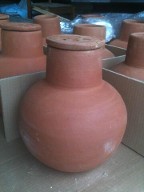
This is what my Ollas look like, but they come in a variety of shapes and sizes. I got mine here, but they can be found in other areas and there are DIY methods of making them from clay pots as well.
Well, I think that covers the highlights of what’s going on with my little farm in the city.
Until next time, enjoy the sunshine and envision an abundant season!
Kate
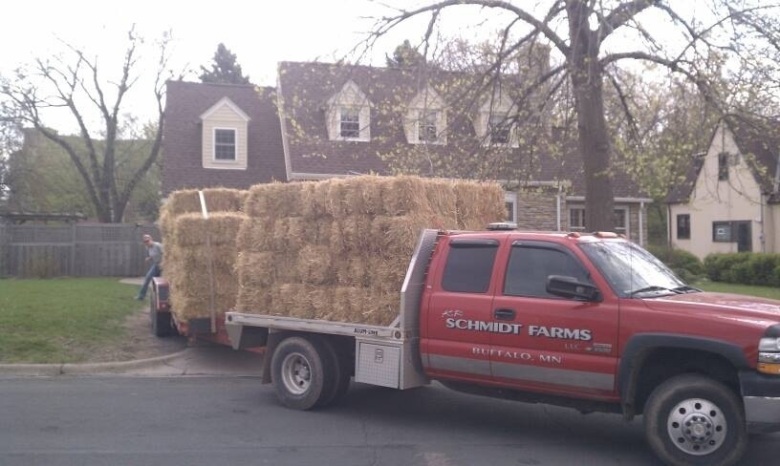
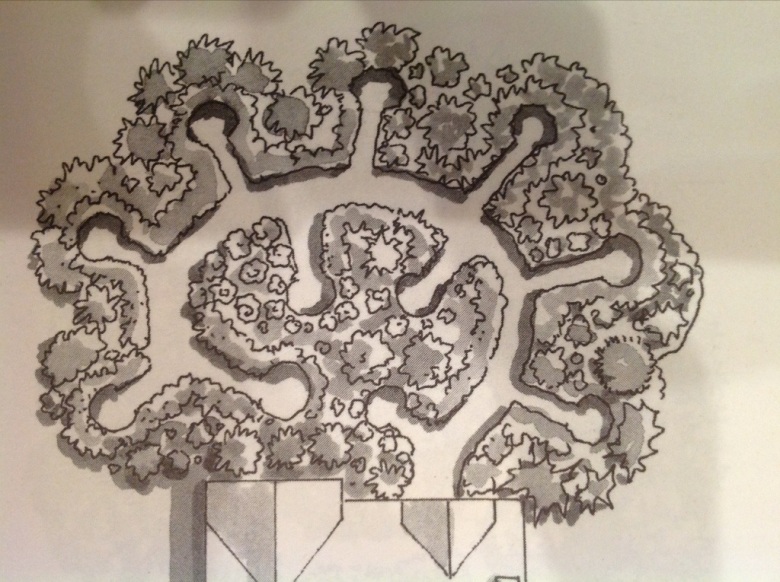
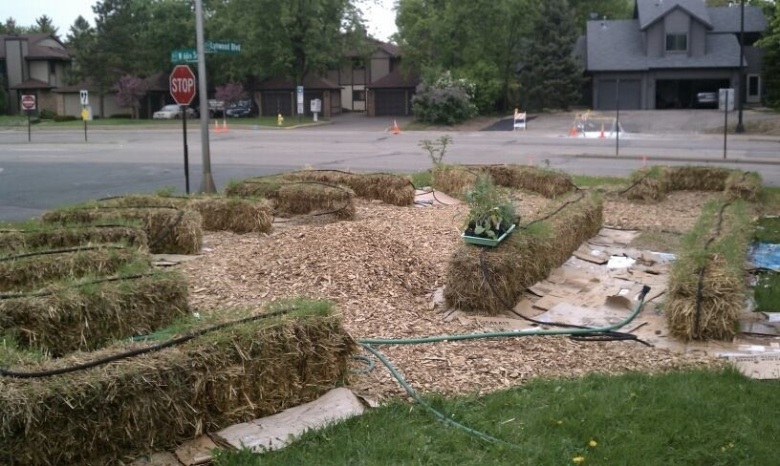
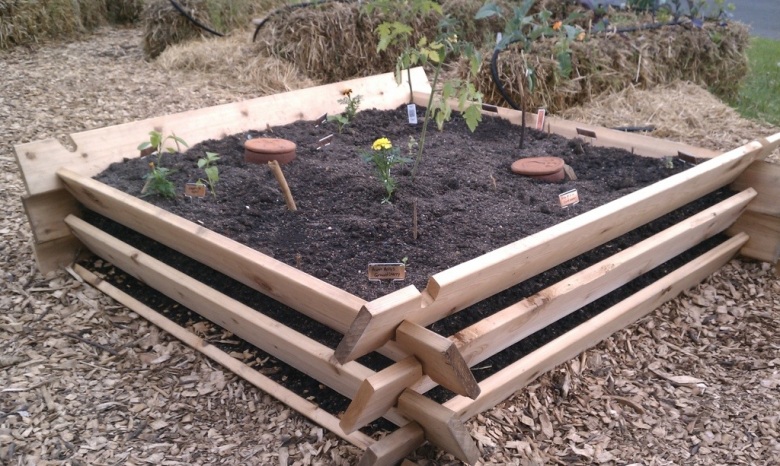


 Maintain sight-lines: Corner lots come with restrictions. The most important restriction is to maintain a maximum height of 30 inches in a triangle going from the corner, fifty feet back on both sides of the corner and a line connecting those two points in order to not block the vision of vehicles turning into or out of our street onto the intersecting street.
Maintain sight-lines: Corner lots come with restrictions. The most important restriction is to maintain a maximum height of 30 inches in a triangle going from the corner, fifty feet back on both sides of the corner and a line connecting those two points in order to not block the vision of vehicles turning into or out of our street onto the intersecting street.